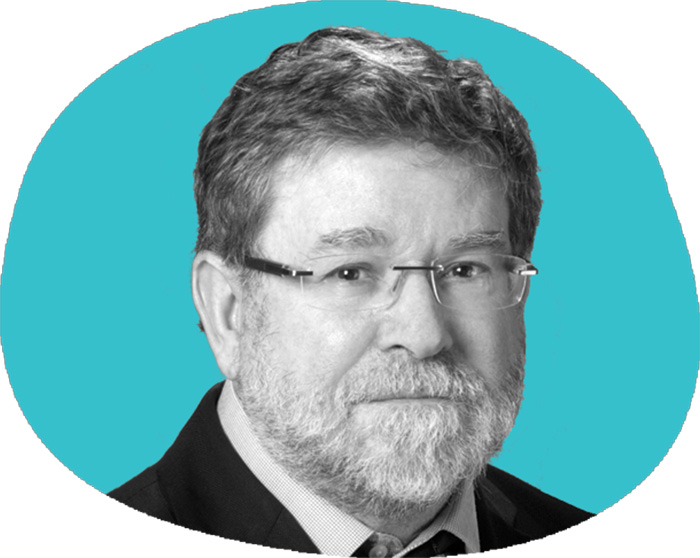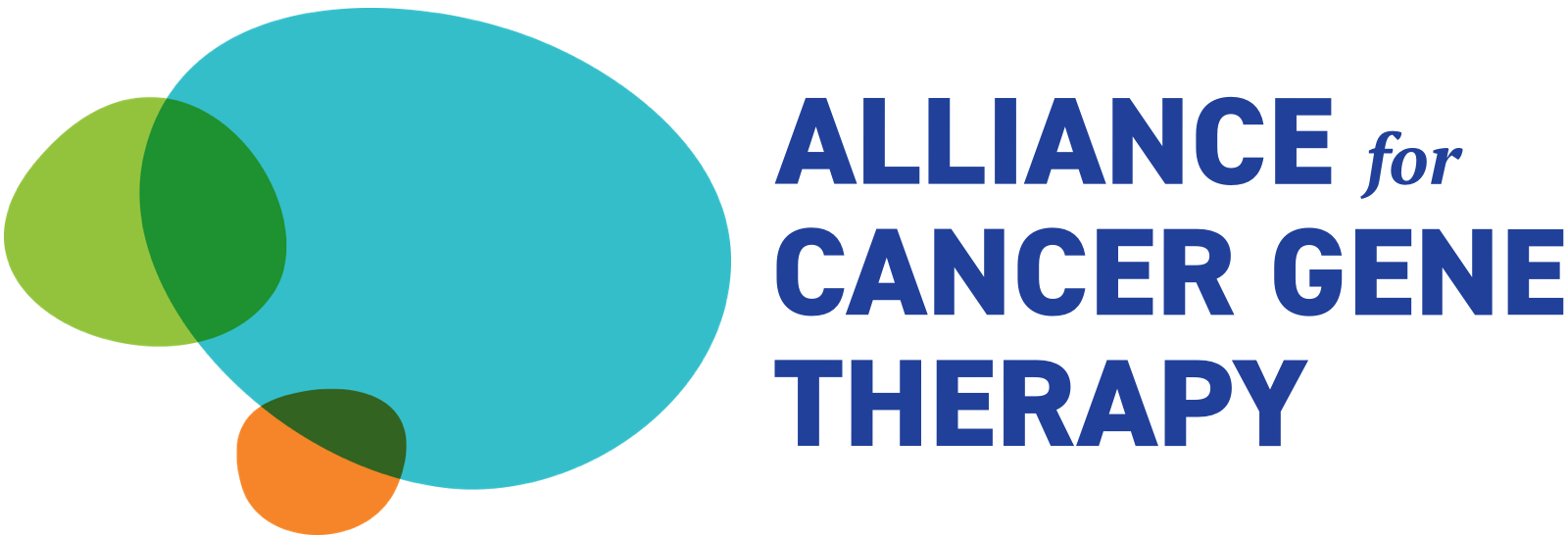ACGT-funded research exploring new directions in glioblastoma.

Patients with glioblastoma have some of the worst treatment outcomes among all cancer types, with an average survival of just over one year. It’s one of the most aggressive cancer types in existence – which has made it a primary subject of research in the field of cancer cell and gene therapy.
Juan Fueyo, MD, and Candelaria Gomez-Manzano, MD, two researchers at The University of Texas MD Anderson Cancer Center, are lending their expertise to this problem. Drs. Fueyo and Gomez-Manzano became Alliance for Cancer Gene Therapy (ACGT) Research Fellows in 2023, when the organization provided funding for their research into the use of oncolytic viruses to treat glioblastoma.
Two years later, they’ve found their research going in directions they never expected and generating hypotheses that could change the way we understand glioblastoma.
Drs. Fueyo and Gomez-Manzano’s glioblastoma study.
Drs. Fueyo and Gomez-Manzano have worked in MD Anderson Cancer Center’s Department of Neuro-Oncology for over 25 years and have dedicated their careers into the study and use of oncolytic viruses – modified viruses that are used to infect and destroy cancer cells.
In 2023, their research received the 2023 ACGT Investigator Award in Brain Cancer. Their planned study focused on a platform of oncolytic viruses called Delta-24-RGD, and searched for ways to increase its efficacy in glioblastoma patients – previous research had shown an encouraging 3-year survival rate for Delta-24-RGD, albeit hindered by a rapid immune response clearing the virus.
Their ACGT-funded study looked to examine two different strategies to boost Delta-24-RGD’s durability in glioblastoma patients. In one, Drs. Fueyo and Gomez-Manzano would substitute a viral protein in order to make the virus less detectable, and in another, they would target dendritic cells in order to deliver the viral antigens and induce better immune tolerance.
Early on in their research, however, they discovered an unexpected response from lymphocytes – white blood cells that function as part of a human’s immune response – in the tumor micro-environment.
“These lymphocytes expressed markers suggesting an inflammatory environment,” Fueyo said. “However, we realized that many of these lymphocytes are not targeting the tumor, they are actually targeting the virus. So, we believe that the second stage in bio-immunotherapy for gliomas is to develop a strategy to redirect the immune response against the virus and towards the tumor.”
This observation reoriented Drs. Fueyo and Gomez-Manzano’s entire research direction. In order to maximize the efficacy of their oncolytic virus against glioblastoma, the reason behind this immune response needs to be understood.
“Now we are analyzing what happened with the lymphocytes in these tumors,” Fueyo said. “Are these lymphocytes reacting against the virus or reacting against the tumor?”
An unexpected direction.
Tumor-infiltrating lymphocytes (TILs) have been a focus in cancer cell and gene therapy for a number of years, and last year, lifileucel (Amtagvi) became the first TIL therapy to receive FDA approval for its use in the treatment of melanoma.
Over the years, researchers have developed a greater understanding of TIL behavior in the tumor microenvironment. What Drs. Fueyo and Gomez-Manzano have observed in glioblastoma tumors runs counter to the established hypotheses by showing that prior virus exposure or viral injections can lessen the impact of an oncolytic virus and actually create an immune response against the virus, not the cancer.
“(The data) is generating a new hypothesis, a new paradigm,” Fueyo said. “Some of the TILs in many tumors are not directed against the cancer cells, but against pathogens that were there, or are there at the moment that we do the analysis. It means that when we select all these lymphocytes to do adoptive therapy, many of the lymphocytes are against bacteria and viruses and are not being useful.
So, you need to amplify a humongous amount of lymphocytes to have some effect. This is an alternative strategy, an alternative hypothesis to the immune cell cycle main hypothesis that everybody has been thinking.”
Drs. Fueyo and Gomez-Manzano have made it their mission to understand this phenomenon, further examining the tumor micro-environment and discovering the role of other T cells in the area.
“We know also that there are what are called bystander T cells, where we don’t know what their function is,” Gomez-Manzano said. “So, this is in addition to the information that we are getting from viral monotherapy. This is where the idea is coming from.”
Crucial funding when it’s needed most.
During a time where scientific funding has been increasingly uncertain from traditional sources, Drs. Fueyo and Gomez-Manzano gave significant credit to ACGT for allowing their research to move forward – and were even more thankful for the work ACGT has done in connecting them with other leaders in the field.
“We really appreciate the support of ACGT, not only because of the funding, which is amazing in the times that we are living now, but also because it creates a scientific community,” Gomez-Manzano said.
Drs. Fueyo and Gomez-Manzano know that their research, when published, may raise some eyebrows in the scientific community. The security they’ve received from ACGT’s funding has allowed them to proceed in unorthodox ways with the potential to make greater advancements.
“The two projects that [we] submitted to ACGT and were funded has helped us to move forward in understanding the role of T cells in the response to viral monotherapy,” Gomez-Manzano said.



